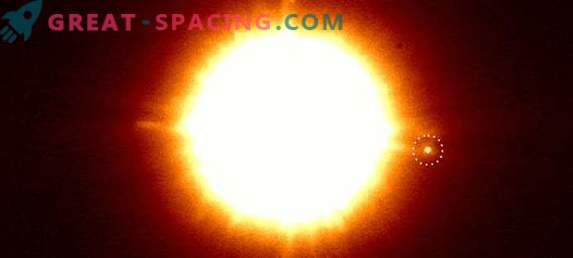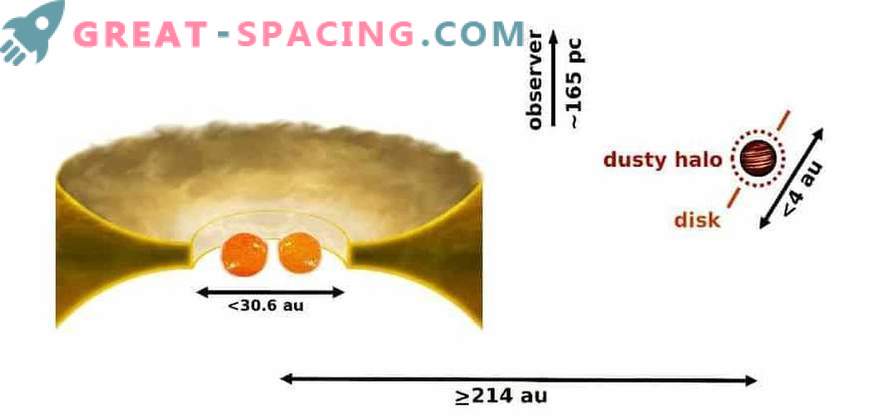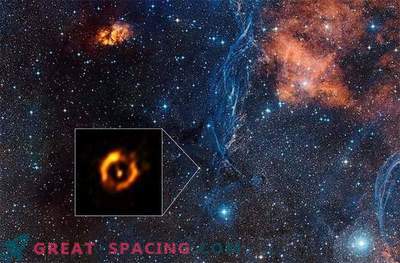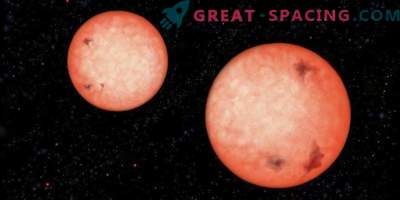
Scientists from Leiden University accidentally spotted a small neighbor around the young double star CS Cha. The SPHERE instrument on the Very Large Telescope (Chile) was used for the survey.
Binary star CS Cha and a neighbor are 600 light years away. Live in the zone of star birth in the territory of the Chameleon. The age of a double star is only 2-3 million years. The researchers wanted to study a star to search for a dust disk in which planets are created.

IR image of a binary CS Cha with a recently found companion in a dotted circle. It seems that the neighbor has its own dust disk
During the study period, astronomers noticed a small dot on the edge of the image. Having plunged into the telescopic archives, we managed to find a point, but much weaker on the 19-year-old images made by the Hubble Space Telescope, and on 11-year-olds from the Very Large Telescope. Old pictures allowed to show that the companion is moving and belongs to a double star.
Various models tried to understand how the satellite looks, but there is no 100% probability. This may be a small brown dwarf or a large super-Jupiter.

IR image of a double star and a recently found satellite viewed with special polarizing filters that show dust discs and exoplanets
The most interesting thing is that the companion light is highly polarized. This usually happens when light scatters along the way. This arouses suspicion regarding the presence of a companion dust disc. But the disk blocks most of the world, so it is difficult to determine the mass of the satellite. In the future, they plan to conduct a closer look with the ALMA telescope.

Infographics of the CS Cha binary star and its dust disk (left) with a recently found satellite (right). The object is distant from the system 214 times the distance of the Earth-Sun, but still belongs to the stars. The system lives at a distance of 538 light years from Earth.
SPHERE
SPHERE is a powerful hunter for alien worlds, attached to the Very Large Telescope in Chile. Partially created in the Netherlands. Can produce direct images of exoplanets and dust disks around stars.











































